Related Research Articles
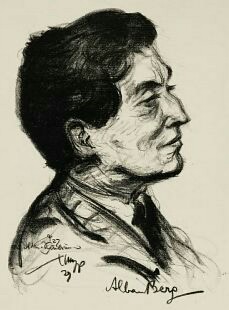
Alban Berg's Violin Concerto was written in 1935. It is probably Berg's best-known and most frequently performed piece. In it, Berg sought to reconcile diatonicism and dodecaphony. The work was commissioned by Louis Krasner, and dedicated by Berg to "the memory of an angel". It was the last work he completed. Krasner performed the solo part in the premiere at the Palau de la Música Catalana, Barcelona, in April 1936, four months after the composer's death.
Carl Nielsen's Concerto for Clarinet and orchestra, op. 57 [D.F.129] was written for Danish clarinetist Aage Oxenvad in 1928. The concerto is presented in one long movement, with four distinct theme groups.
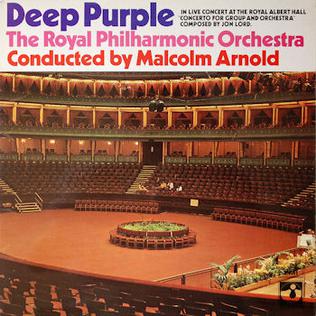
Concerto for Group and Orchestra is a live album by Deep Purple and the Royal Philharmonic Orchestra conducted by Malcolm Arnold, recorded at the Royal Albert Hall, London, in September 1969. It consists of a concerto composed by Jon Lord, with lyrics written by Ian Gillan. This is the first full length album to feature Ian Gillan on vocals and Roger Glover on bass. It was released on vinyl in December 1969. The original performance included three additional Deep Purple songs, "Hush", "Wring That Neck", and "Child in Time"; these were included on a 2002 release. This was the last Deep Purple album distributed in the US by Tetragrammaton Records, which went defunct shortly after.
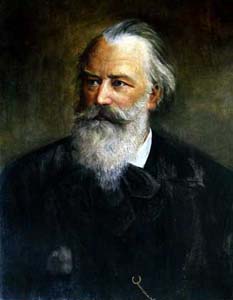
The Clarinet Sonatas, Op. 120, Nos. 1 and 2, are a pair of works written for clarinet and piano by the Romantic composer Johannes Brahms. They were written in 1894 and are dedicated to the clarinetist Richard Mühlfeld. The sonatas stem from a period late in Brahms's life where he discovered the beauty of the sound and tonal colour of the clarinet. The form of the clarinet sonata was largely undeveloped until after the completion of these sonatas, after which the combination of clarinet and piano was more readily used in composers’ new works. These were the last chamber pieces Brahms wrote before his death and are considered two of the great masterpieces in the clarinet repertoire. Brahms also produced a frequently performed transcription of these works for viola with alterations to better suit the instrument.
The Piano Concerto No. 3 in E major, Sz. 119, BB 127 of Béla Bartók is a musical composition for piano and orchestra. The work was composed in 1945 during the final months of his life, as a surprise birthday present for his second wife Ditta Pásztory-Bartók.
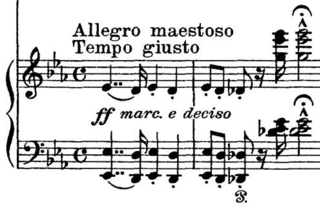
Franz Liszt composed his Piano Concerto No. 1 in E♭ major, S.124 over a 26-year period; the main themes date from 1830, while the final version is dated 1849. The concerto consists of four movements and lasts approximately 20 minutes. It premiered in Weimar on February 17, 1855, with Liszt at the piano and Hector Berlioz conducting.
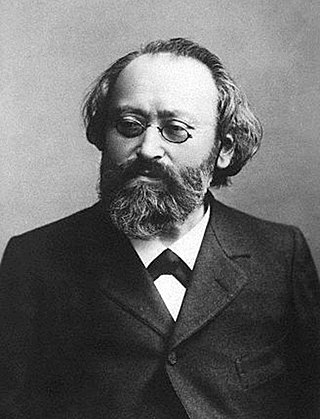
Max Bruch's Violin Concerto No. 1 in G minor, Op. 26, is one of the most popular violin concertos in solo violin repertoire and, along with the Scottish Fantasy, the composer's most famous work. It has been recorded often.
A clarinet–violin–piano trio is a standardized chamber musical ensemble made up of one clarinet, one violin, and one piano participating in relatively equal roles, or the name of a piece written for such a group.
Aaron Copland's Clarinet Concerto was written between 1947 and 1949, although a first version was available in 1948. The concerto was later choreographed by Jerome Robbins for the ballet Pied Piper (1951).

The Concerto for Flute, Harp, and Orchestra in C major, K. 299/297c, is a concerto by Wolfgang Amadeus Mozart for flute, harp, and orchestra. It is one of only two true double concertos that he wrote, as well as the only piece of music by Mozart for the harp. The piece is one of the most popular such concertos in the repertoire, as well as often being found on recordings dedicated to either one of its featured instruments.
Christopher Ball was a British composer, arranger, conductor, clarinetist and recorder player.
Johannes Brahms's Clarinet Quintet in B minor, Op. 115, was written in 1891 for the clarinettist Richard Mühlfeld. It is scored for a clarinet in A with a string quartet. It has a duration of approximately thirty-five minutes.
Carl Maria von Weber wrote his Clarinet Concerto No. 1 in F minor, Op. 73 for the clarinettist Heinrich Bärmann in 1811. The piece is highly regarded in the instrument's repertoire. It is written for clarinet in B♭. The work consists of three movements in the form of fast, slow, fast. It was premiered in Munich on 13 June 1811, with Maximilian I Joseph of Bavaria in attendance.
The Melos Ensemble is a group of musicians who started in 1950 in London to play chamber music in mixed instrumentation of string instruments, wind instruments and others. Benjamin Britten composed the chamber music for his War Requiem for the Melos Ensemble and conducted the group in the first performance in Coventry.
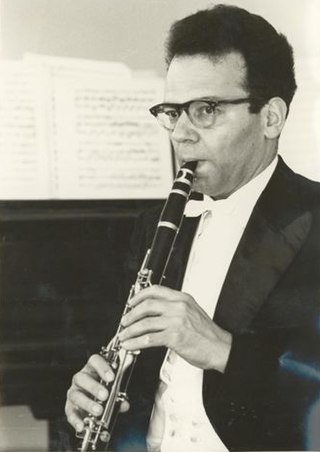
Yona Ettlinger was a clarinetist who played and taught in Israel, France and England. Ettlinger is considered a prominent classical clarinetist of his generation, and one of Israel's notable instrumentalists. His musicianship and unique sound influenced the art of clarinet playing in Israel and Europe in the second half of the 20th century. Many clarinet soloists and orchestra players of different countries were among his students.
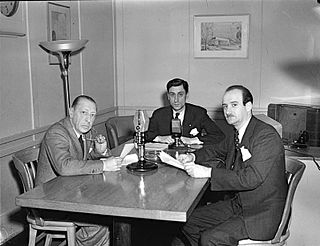
Igor Stravinsky wrote the Ebony Concerto in 1945 for the Woody Herman band known as the First Herd. It is one in a series of compositions commissioned by the bandleader/clarinetist featuring solo clarinet, and the score is dedicated to him. It was first performed on March 25, 1946 in Carnegie Hall in New York City, by Woody Herman's Band, conducted by Walter Hendl.
The Clarinet Concerto by Paul Hindemith was premiered on 11 December 1950 by Benny Goodman, for whom it was composed in 1947, with the Philadelphia Orchestra, conducted by Eugene Ormandy. The composer commented that "I tried to give Benny a pleasant and very 'clarinetistic' piece, a piece he would enjoy playing and that would convey his mellow and meaningful virtuosity to the listener." The concerto has four movements and is composed in a "quasi-neo-classical manner". The movements are a sonata-allegro, a scherzo, a variation, and a rondo.
The Clarinet Concerto is a concerto for clarinet and orchestra by the American composer Christopher Rouse. The work was commissioned for the Chicago Symphony Orchestra and its principal clarinetist Larry Combs by the Institute for American Music. It was completed December 11, 2000 and premiered May 17, 2001 at Symphony Center in Chicago with Christoph Eschenbach conducting the Chicago Symphony Orchestra. The piece is dedicated to Rouse's friend and fellow composer Augusta Read Thomas.
The Concerto for Clarinet and Orchestra is a clarinet concerto in three movements by the American composer John Corigliano. The work was commissioned by the New York Philharmonic for the clarinetist Stanley Drucker. It was composed in the summer and fall of 1977 and was first performed in New York City on December 6, 1977, by Drucker and the New York Philharmonic conducted by Leonard Bernstein. The composition is dedicated to Drucker and Bernstein.
The Concerto for Piano and Orchestra is a piano concerto by the American composer John Corigliano. The work was commissioned by the San Antonio Symphony and was first performed on April 7, 1968, by the pianist Hilde Somer and the San Antonio Symphony under the direction of Victor Alessandro. The piece is dedicated to John Atkins.
References
- 1 2 3 Jackson 2003, p. 162.
- 1 2 3 Serotsky, Paul. "Clarinet Concerto No. 2". MusicWeb International. Retrieved 10 October 2012.
- ↑ Jackson 2003, pp. 162–163.
- 1 2 3 "Clarinet Concerto No. 2, Op. 115". AllMusic. Retrieved 10 October 2012.
- ↑ Jackson 2003, p. 163.
Bibliography
- Jackson, Paul RW (2003). The life and music of Sir Malcolm Arnold: the brilliant and the dark. Ashgate. ISBN 9781859283813.